|
When I Voyaged throughout Puglia, it became obvious that the Olive Tree is king here--and has been for thousands of years. There are more ancient olive trees here than anywhere else in Italy, many of which are hundreds of not thousands of years old. What is intriguing about these gnarly giants is their bizarre, fantastical shapes, often twisting and turning about themselves, even when the interior of the tree is gone, they continue to live.
One can regard the resulting shapes as one does when finding animals and babies in passing clouds... but these shapes aren't going anywhere. This particular olive tree was given the name L’Ulivo Pensieroso (the Pensive Olive Tree) by photographer Michele Grecucci. What is he thinking after living on this Earth for over 500 years? Is he forlorn about the loved ones and neighbors he has lost over the centuries? Does he miss the children who used to play at his feet? Is he worried about the future with blights, wars, drought or fire? Is he simply pondering, worried, concerned or trying to unravel a problem of the ages? Perhaps we'll never know... The photo was captured near Ginosa, Puglia but in order to retain the olive grove owner's privacy--and to protect the tree from damage--Grecucci is keeping its precise location a secret. Grecuci's photography captures the essence of Italy and being Italian. I highly recommend taking a tour of his work. To see more of Grecucci's creations... Facebook: Michele Grecucci Website: Michele Grecucci Photography Instagram: @michelegrecucci. Pizzomunnoin - Vieste, Gargano, Puglia
Before and After Snow  This winter in my Bucks County Pennsylvania home, we've had less than normal snow, and they've all been little annoyance snowfalls... half inch here, two inches there, a dusting, a coating of slick "black ice". I think my son Lucas has only enjoyed two leisurely "snow days" so far, the last for a very wet and slippery 4" of wet snow. A couple of years ago we had over 6 feet of snow over the winter--one event dropped 28 inches in one day. That's the sort of snow that stops everything for a few days until we plow and shovel out. But in Italy, at least in the more central and southern parts, snow is more rare. Sure, in the mountains they get snow, but in Rome, not so much. So when it snowed on Rome this past Monday, Romans were both delighted and crippled. Snowball fights erupted, cyclists slipped and slid their way to work and police were called to many fender-benders.  They are simply not used to the white slippery stuff. In fact, the government announced they were going to call the army in to clear the snow away... all 2-4 inches of it. Hell, I love when the snowfall here is more than two inches because I can use my snow-blower rather than have to shovel it by hand. Our local road crews spread a salt slurry on the roads before storms and have the roads cleared before breakfast.  Someone give this man a proper snow shovel! Someone give this man a proper snow shovel! But when the snow hit Rome, it suddenly fell silent. Few cars were on the streets that usually host a melee of honking horns, "bee-doo, bee-doo" sirens, scooters, cursing and Grand Prix wannabees. People stayed home... perhaps to simply enjoy throwing snowballs or making a pupazzo di neve (snowman). Enjoy it while it lasts... Rome will heat up soon enough. Trust me. --Jerry Finzi The presepio, derived from the Latin word presepium, meaning manger, has been the defacto symbol of Christmas for Italian families for dozens of generations, and in the South, perhaps as long as a thousand years. Of course, most Italians also have a modern Christmas tree, but the presepio in its simplest form is a tradition of devotion representing the birth of the baby Jesus. These nativity scenes typically consist of a structure to represent the simple barn where Joseph and Mary were forced to give birth to the Son of God. An ox, donkey, angels and perhaps the three Wise Men are typically represented. But the presepio is often much, much more, showing village scenes from every day life. Its components are mostly handmade from a variety of materials: wood, ceramic, cartapesta (Papier-mâché), terracotta and fabrics. Some scenes include small waterfalls or fountains, houses, buildings, mountains, trees, grottoes, livestock and vendors of all sorts. The details can be absolutely astounding.  There are some characters and elements that many deem essential to the tradition:
|
Categories
All
Archives
January 2024
|



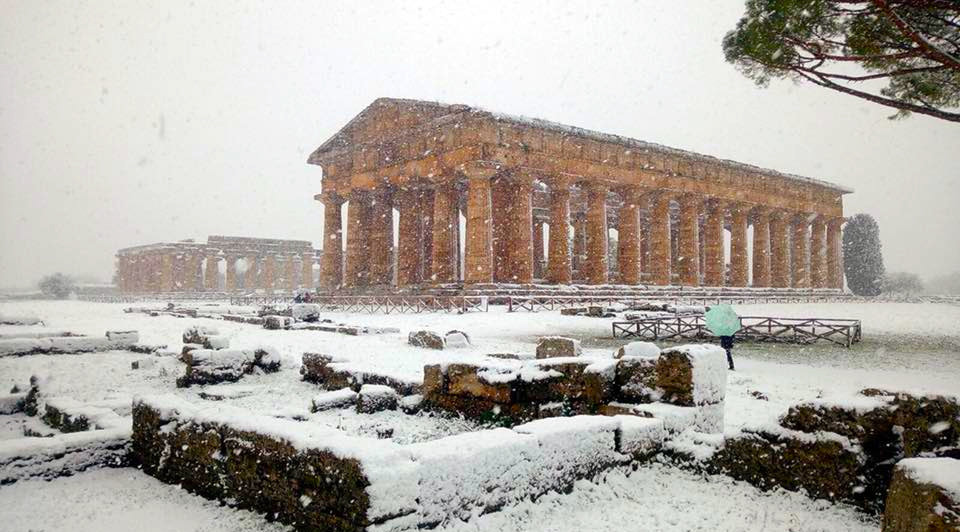

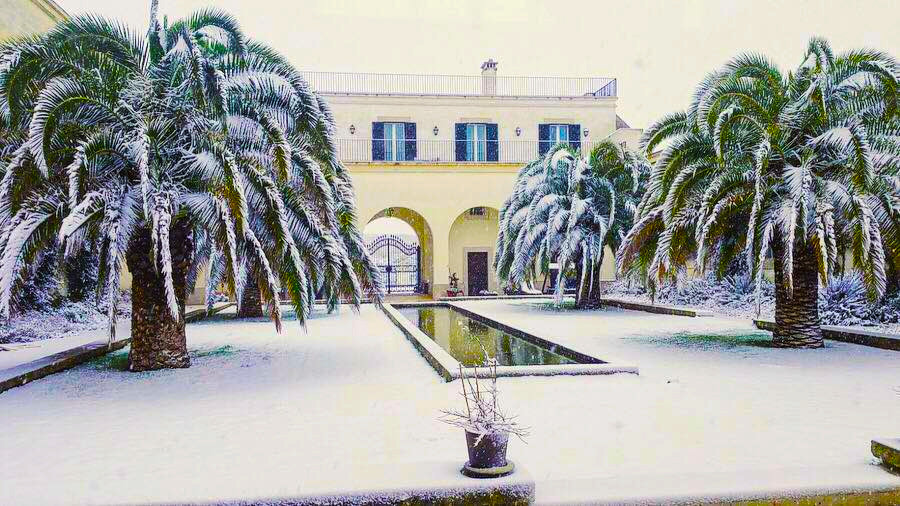
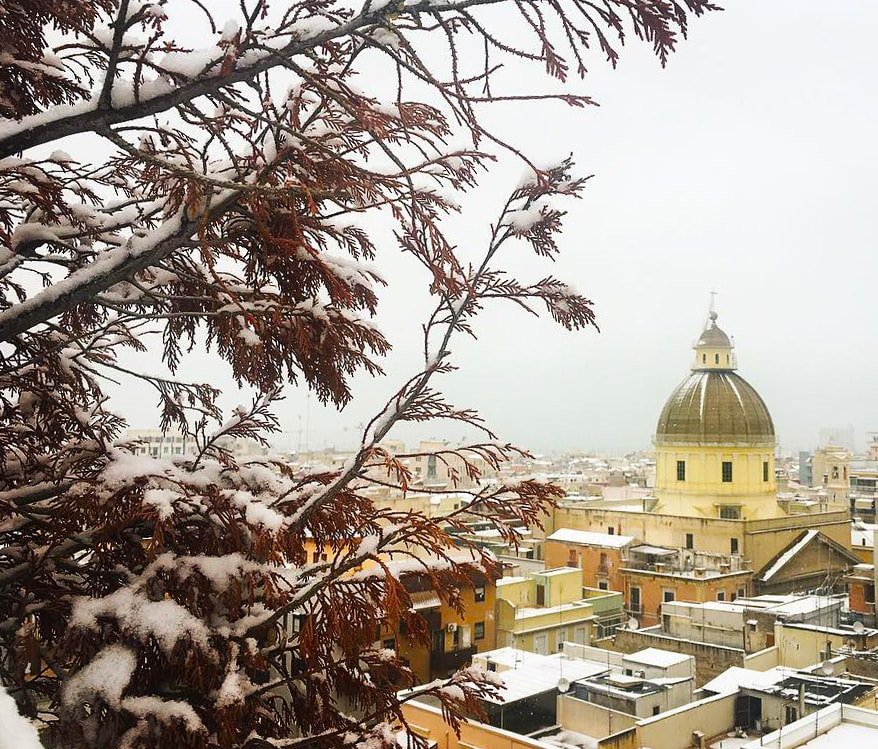
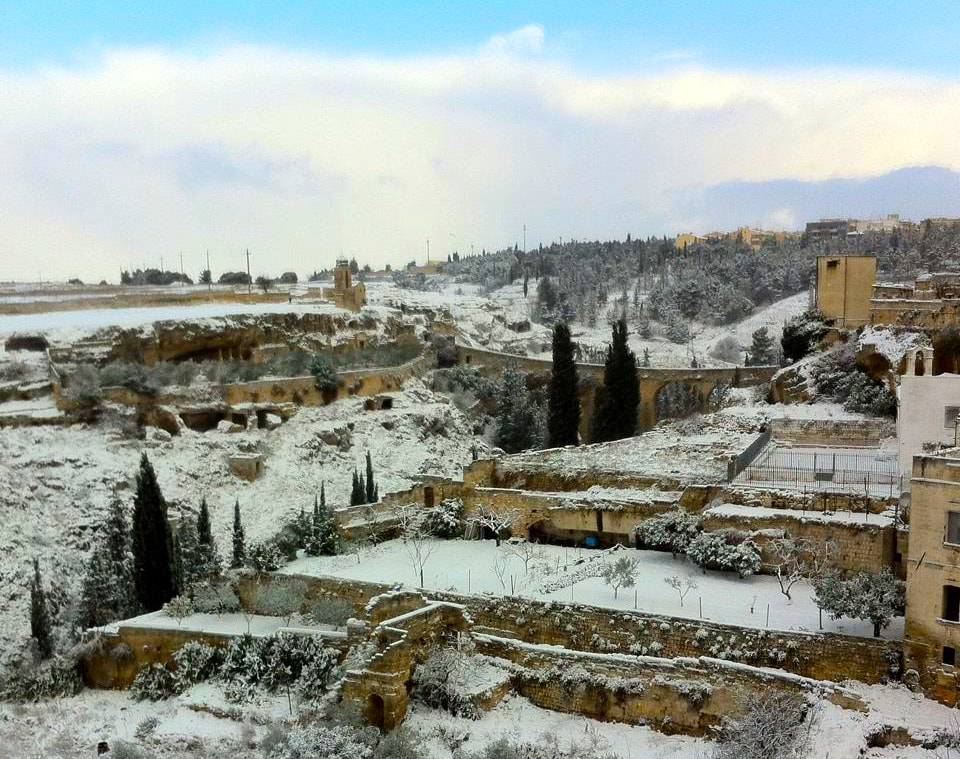




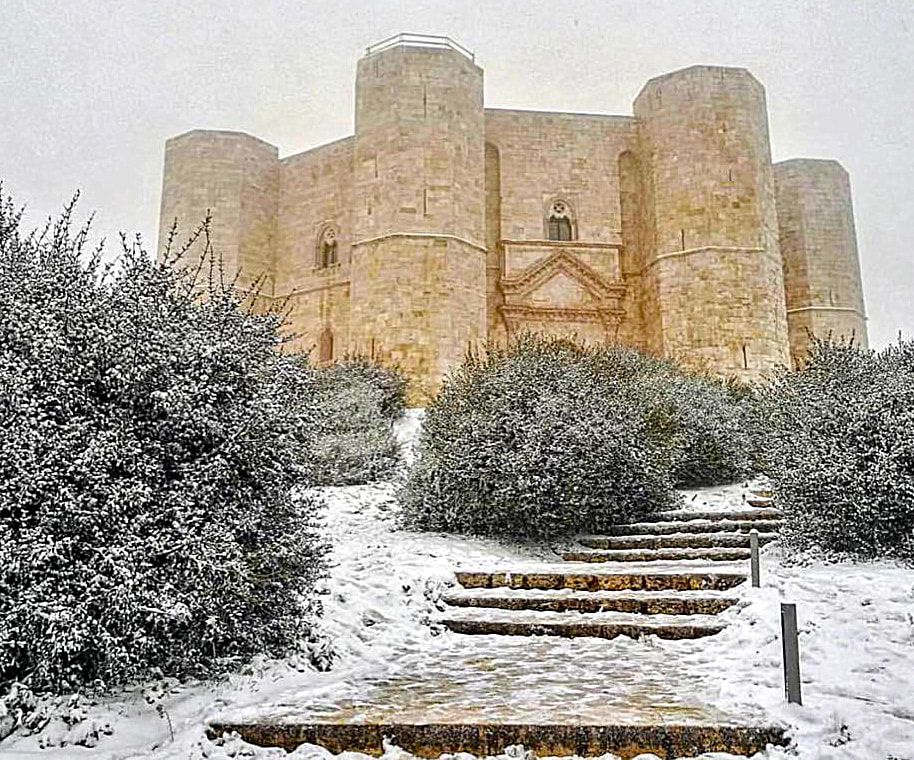



















































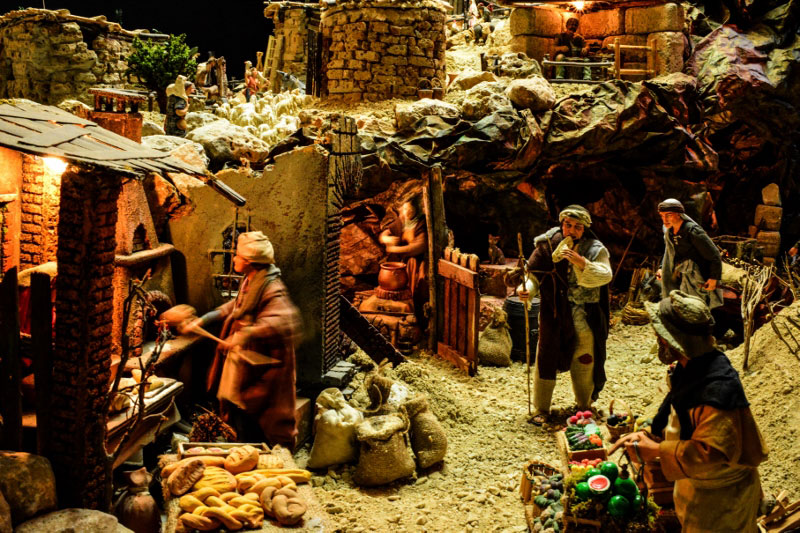

















 RSS Feed
RSS Feed
